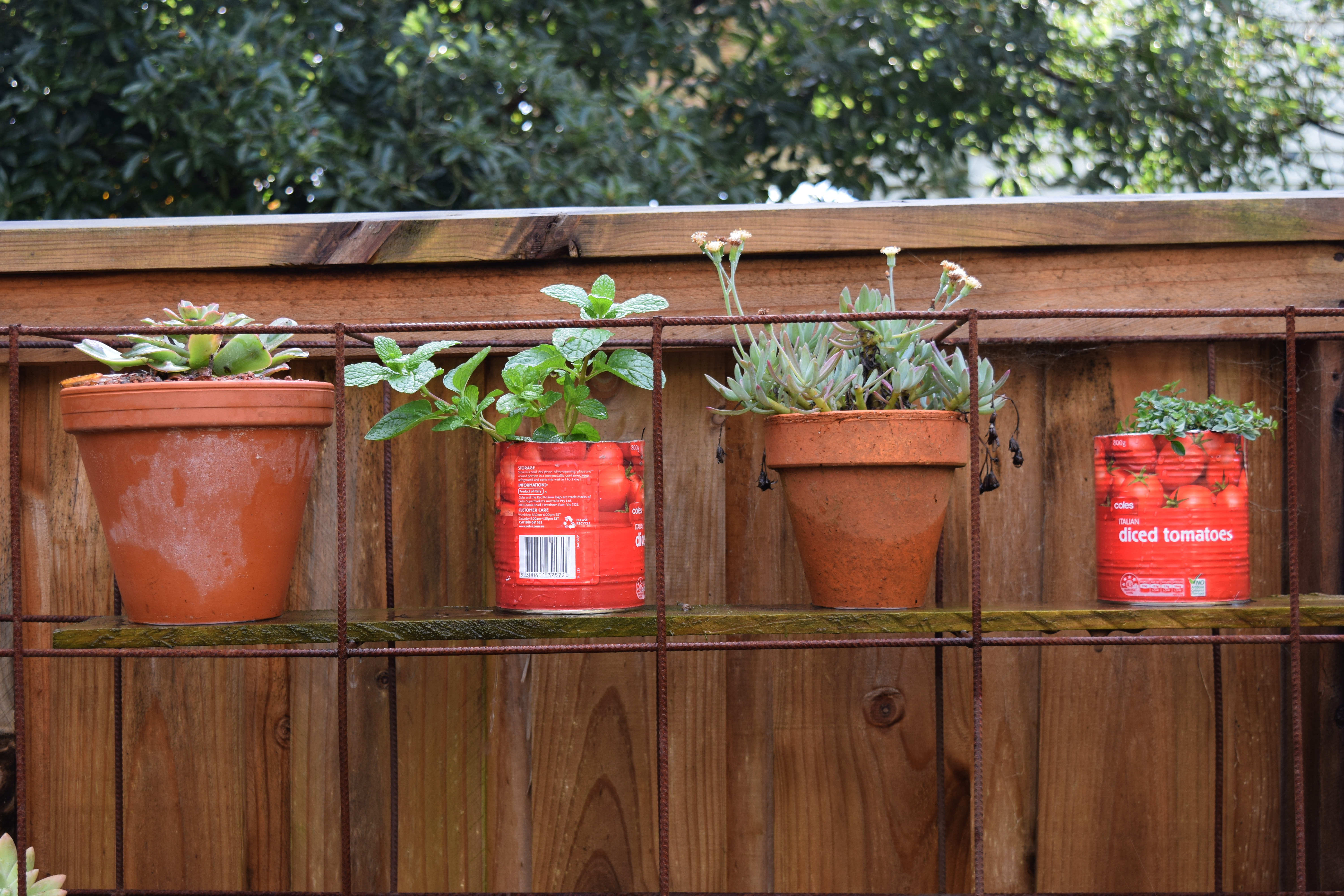You might’ve seen your parents or grandparents growing veggies when you were growing up. Well – it looks like they were on to something.
Growing your own veggies takes time, but it’s worth it for the countless health benefits you’ll reap by doing some physical exercise and getting some Vitamin D. Another benefit is being aware of the chemicals that are going into the food you’re eating, but one of the best benefits is that your garden will save you dollarydoos.
So, how can you make your very own veggie garden, regardless of whether you live in an apartment, small building, or a house with a backyard? I spoke with Belinda Kennedy and Darren Tinker from CERES Community Environment Park in East Brunswick about how to make this happen.
Ingredients:
- Seeds or seedlings
- Pots or cans
- Soil
- Compost
Making the garden
Step 1 – Prepare your patch
First, find a sunny spot for your veggie garden. A windowsill, balcony or a sunny spot outside is ideal. If you are short on space, you can try hanging pots. Or, if a lack of sunlight is an issue, you can try hanging mirrors to reflect sunlight onto the plants.
Once you’ve found a place for your garden, you’ll need to prepare the area. You can grab cheap pots from plant sales, such as the ones advertised on Facebook, garage sales, op shops, or even on the side of the road. You can also use leftover cans for pots – but try to steer clear of cans that had chemicals in them at some point, such as paint cans – by drilling a small hole in the bottom. Or, you can upcycle old shoes and turn them into pots.

Step 2 – Select the plants
Now choose the plants you would like to grow. Belinda suggests herbs, such as basil, coriander, or mint, as a good first edible plant to grow.
Darren says lettuce is another good option, as it grows well in pots all year round. You can also try tomatoes in larger pots.
Seeds and seedlings are quite cheap, but you could also use seeds from fruit and vegetables that you eat. You might also be able to get some off cuts from friends.

Step 3 – Get planting
The next stage is to pot the plants. Belinda recommends buying a better quality soil, as this will help promote the plant’s health.
Fill the pot three quarters full of soil and make a small hole. Then, put the plant or seeds in the hole and cover it with more soil. Make sure you water your plants regularly, approximately once a day. Particularly vegetable plants, as they require more water.
Veggie gardens also thrive on food. You can make this yourself by having a compost bin, which is a great way to reuse food waste.

Step 4 – Ongoing T.L.C. for your veggie garden
Now, you should have a veggie garden!
Don’t forget to water your garden daily, and make sure it gets plenty of sunlight.
Your veggie garden may not work out the first time, but if you keep experimenting with what plants grow well, you’ll eventually get the hang of it. Happy gardening!


